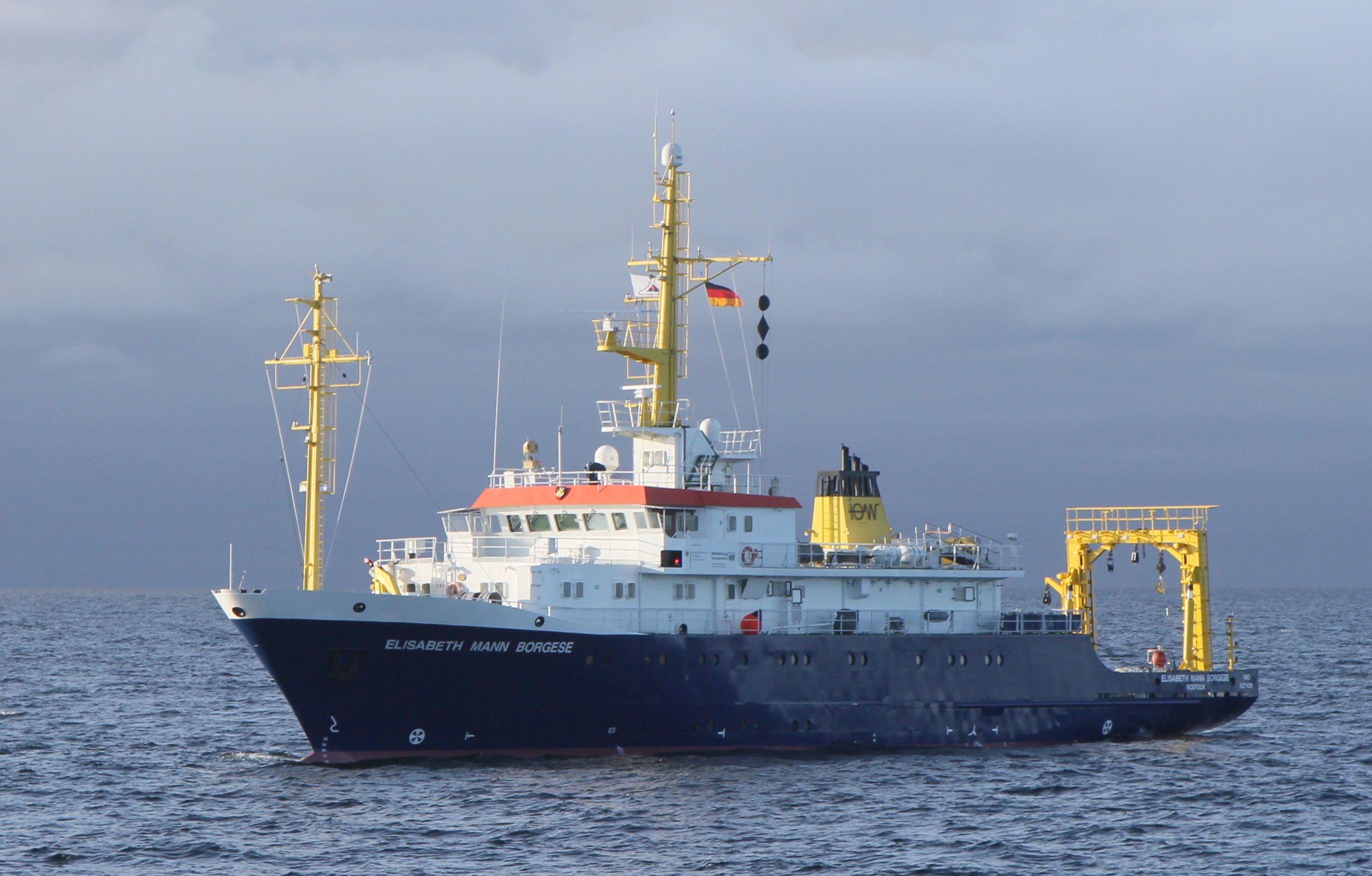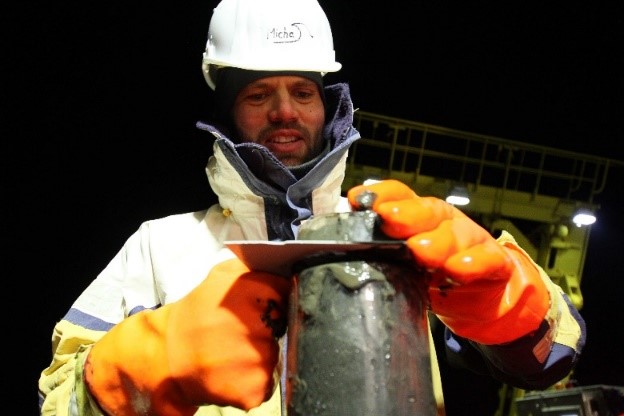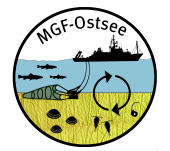Successful winter expedition provides MGF Baltic Sea researchers with interesting insights into the seasonal dynamics of bottom-dwelling organisms and biogeochemistry
As part of the monitoring program of the Institute for Baltic Sea Research, Warnemünde, which fulfills the German contribution to the monitoring of the marine environment of the Baltic Sea under the Helsinki Convention (HELCOM), Michael Naumann was now on the first monitoring cruise with research vessel Elisabeth Mann Borgese and in addition to his monitoring program, he also brought sediment samples from the marine nature reserve Fehmarnbelt for his colleagues from the MGF Baltic Sea project. Using these samples, our MGF Baltic Sea researchers are now studying the biogeochemistry, microorganisms (protists, bacteria) and macrofauna of the sediment in the nature reserve. Since the monitoring taking place multiple times a year, it gives the opportunity to collect samples at different seasons of the year.

Many thanks to Michael Naumann and the monitoring team!


